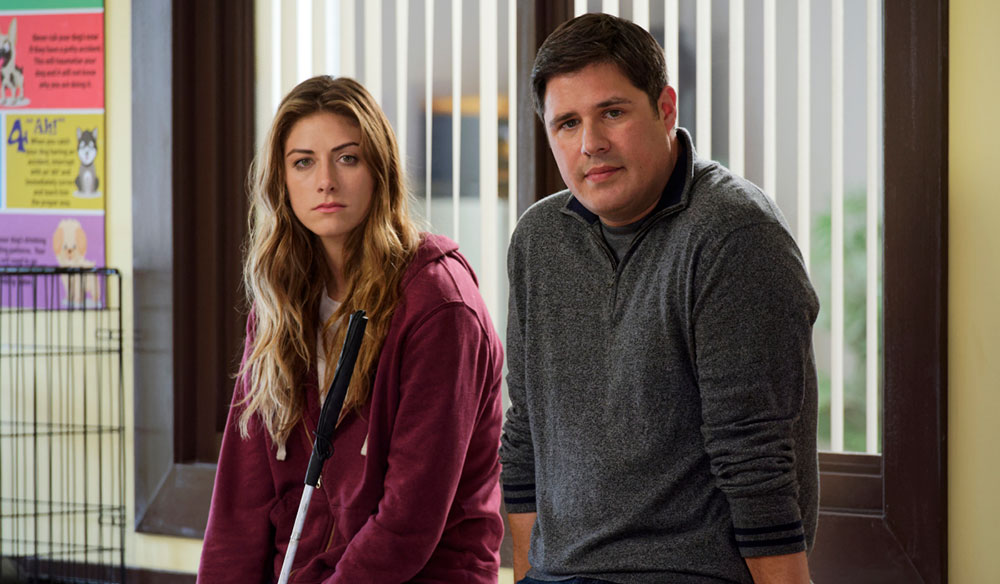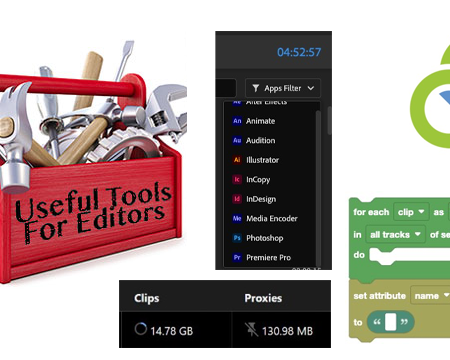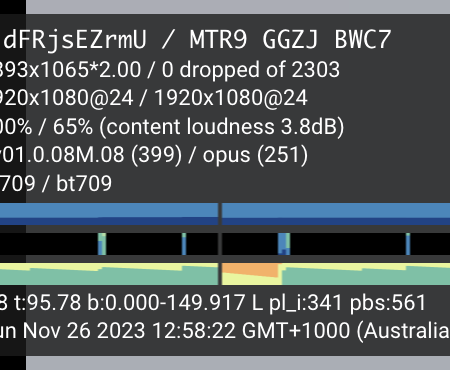Are you a fan of time loop movies like Groundhog Day, Looper, and Palm Springs? Have you ever wondered how filmmakers actually pull off filming the same scenes multiple times while keeping every detail consistent? Well, let’s take a closer look at the art of time loop filmmaking. 🎬
In the Sundance breakout hit Palm Springs, the filmmakers took a meta approach to the time loop concept, adding a magical cave and a bit of quantum physics to the mix. But with time loops becoming more of a sub-genre than a trope, let’s explore some notable examples of time-loop storytelling and discuss some tips and tricks for filming similar scenes multiple times while recreating precise set details.
So, what exactly is a time loop film? According to its basic definition, a time loop (also called a temporal loop) is a fictional plot device that causes characters in a story to “re-experience a span of time which is repeated, sometimes more than once, with some hope of breaking out of the cycle of repetition.” And while time loops have been used in almost every genre, they’re most often associated with the science fiction genre, since the concept essentially hinges on the fictitious device of time travel, be it scientific or supernatural in nature.
As a filmmaker, it’s your responsibility to understand the science fiction of your world and decide just how much understanding you should pass along to your audience. Some filmmakers take a more “hardcore” path, spending a great deal of time explaining and defining the rules of the time loop plot device, while others take a more lighthearted approach, allowing the time loop to be much more loosely explained (if at all).
But perhaps the biggest challenge of making a time loop film is the repetitive filmmaking involved. You’ll need to film the same scenes multiple times and exactly the same way, paying attention to every minute detail. This requires a great deal of planning and on-set supervision, including detailed storyboarding, script supervision, on-set photography, backup props and costumes, and practice choreography and timing.
And if you’re shooting a more high-concept project or just looking to save time on-set, there are plenty of solid digital tools available to you, such as masking and object removal and replacement applications.
So, whether you’re a fan of time loop movies or looking to make one yourself, understanding the art of time loop filmmaking is essential. For more genre-filmmaking advice, tips, and resources, check out some of our other articles. 🎥







